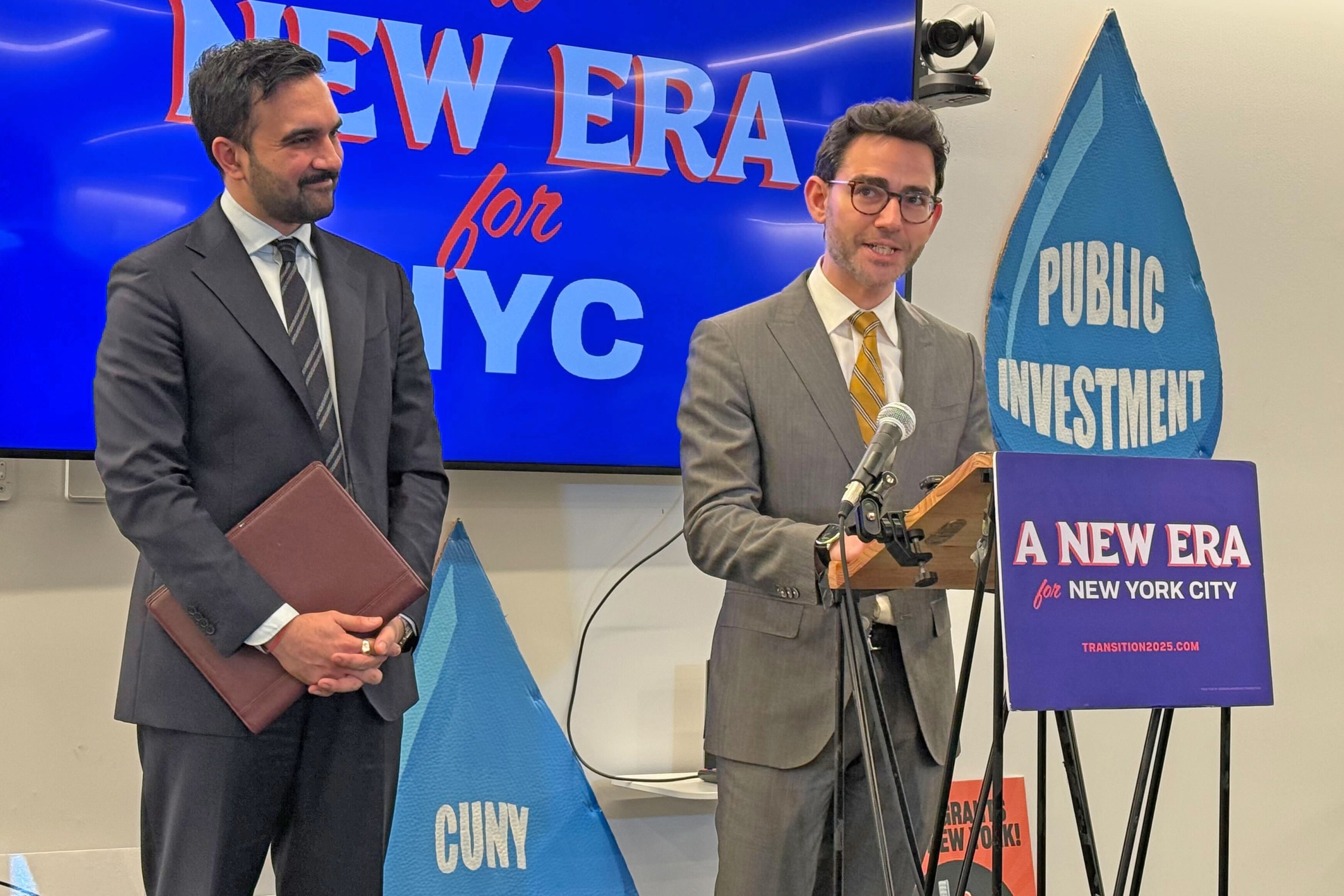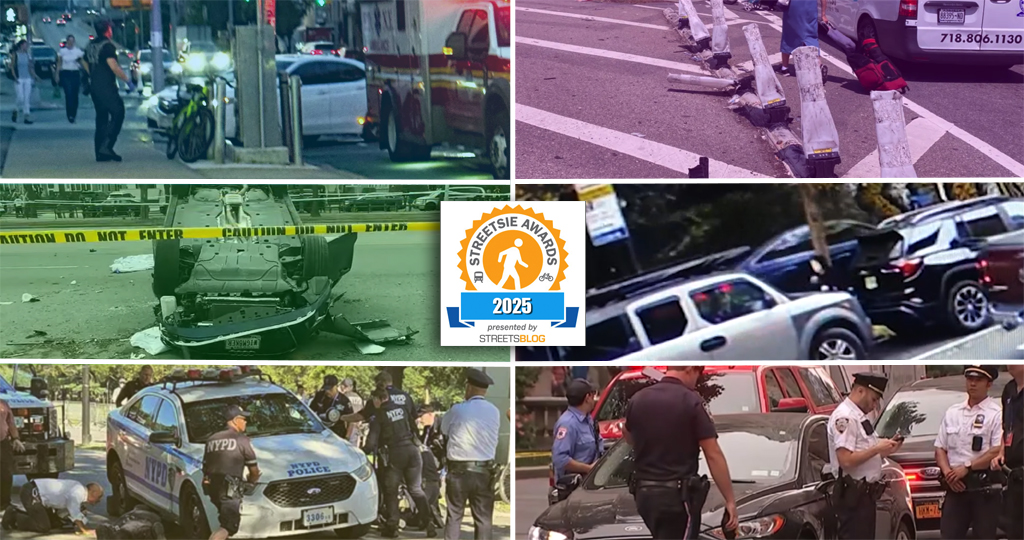Six years after Lagos, Nigeria, launched the first Bus Rapid Transit program in all of Africa, the system handles a whopping 25 percent of all commutes and plays a key role in the city’s ongoing effort to reduce stifling vehicle congestion.
The average Lagos commuter spends over three hours in traffic each day, writes the City Fix. Installed on a wide 22-kilometer (13.6-mile) north-south highway that connects to the central business district, Lagos BRT is modeled on South American systems like those in Curitiba, Bogotá, and Santiago. Though it doesn’t incorporate all elements of full-scale BRT, bus riders pay before boarding and wait for buses in newly-constructed shelters. A physically separated bus lane was implemented along 65 percent of the route.
From the City Fix:
This BRT service has had a significant impact on transport in Lagos, and already has daily ridership of 200,000 people. Despite accounting for 25% of commuters, the BRT system contributes only 4% of all traffic. Further, the system was constructed at the relatively low cost of USD $1.7 million per kilometer. In comparison, Bogotá’s TransMilenio cost about USD $6 million per kilometer.
Lagos is building on its BRT system with investments in a range of other sustainable transport options. In a speech at last month’s Mail & Guardian conference on urban migration and renewal, Lagos Governor Babatunde Raji Fashola outlined six areas of infrastructural investment in mass transit. These included a light rail project called “Eko Rail,” a suspended cable car system, and improvements to the existing ferry system.
The light rail system is planned to encompass seven routes and will be integrated with the BRT corridor, hugely expanding the city’s transit capacity. The City Fix suggests Lagos focus on transit-oriented development and congestion pricing to go along with the new transit lines.
Elsewhere on the Network today: Transportation for America is bracing for another last-minute budget scramble from Washington, and A/N Blog highlights the latest TIGER grant recipients.






